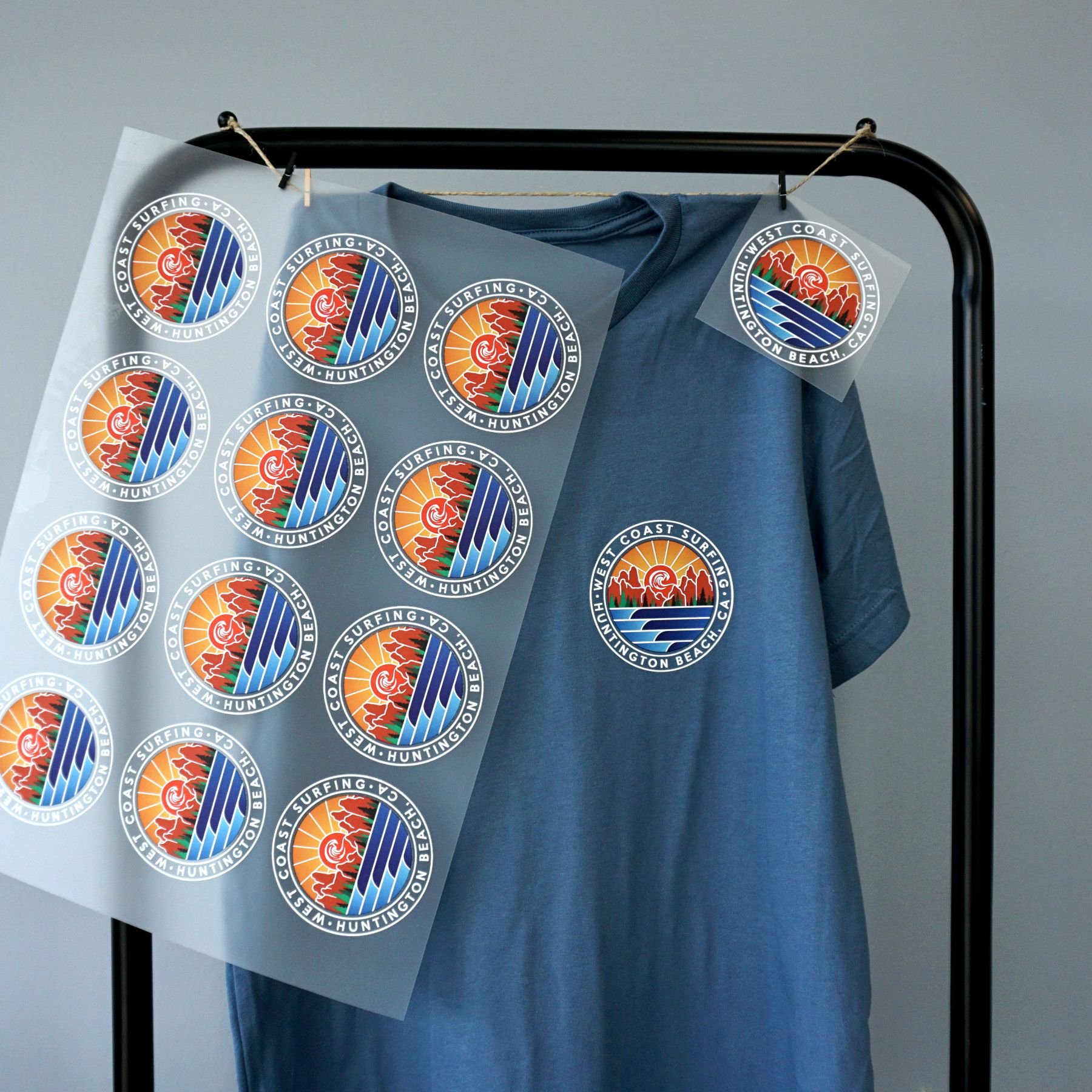
Image Source: Google
Gang sheet transfers are a crucial part of the printing process, allowing for efficient and cost-effective production of multiple printed items. By understanding the intricacies of gang sheet transfers, printers can optimize their operations and deliver high-quality products to their clients. In this article, we will delve into the process behind gang sheet transfers and how they help streamline the printing workflow.
At its core, a gang sheet is a large sheet of paper or other substrate that contains multiple designs or images. These designs are positioned strategically on the sheet to maximize space utilization and minimize waste. Gang sheets are commonly used in various printing applications, including business cards, labels, and packaging. Refer Link: https://bluridgedesignco.com/pages/gang-sheets
The first step in the gang sheet transfer process is artwork setup. This involves creating a digital file that includes all the designs or images intended for printing. The size of the gang sheet, as well as the dimensions and positioning of each design, must be carefully considered at this stage. It is essential to strike a balance between maximizing the number of designs per sheet and ensuring sufficient space between them to avoid any potential issues during the printing process.
Automated gang sheet transfers, on the other hand, rely on specialized computer software and hardware to position the sheet accurately on the printing press. This technology uses advanced algorithms to calculate the optimal positioning of each design, taking into account variables such as bleeds, gutters, and trim marks. Automated transfers offer increased speed and accuracy, minimizing human error and reducing setup times.
In conclusion, gang sheet transfers are a vital component of the printing process, enabling efficient and cost-effective production of multiple printed items. By understanding the intricacies of gang sheet transfers, printers can optimize their workflow and deliver high-quality products to their clients. Whether done manually or through automated systems, careful planning, precise positioning, and accurate printing are crucial to achieving successful gang sheet transfers.